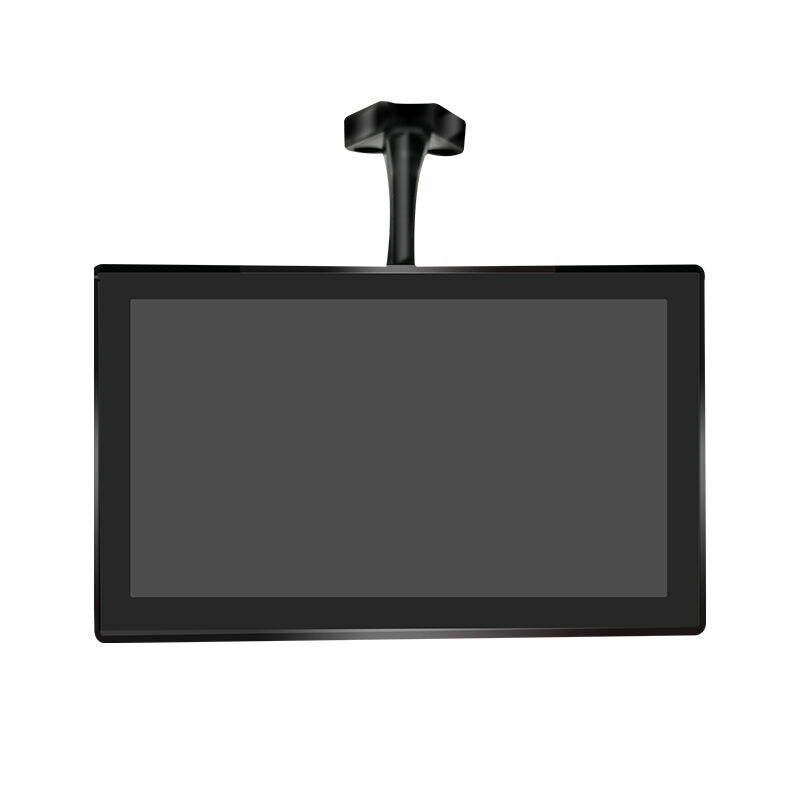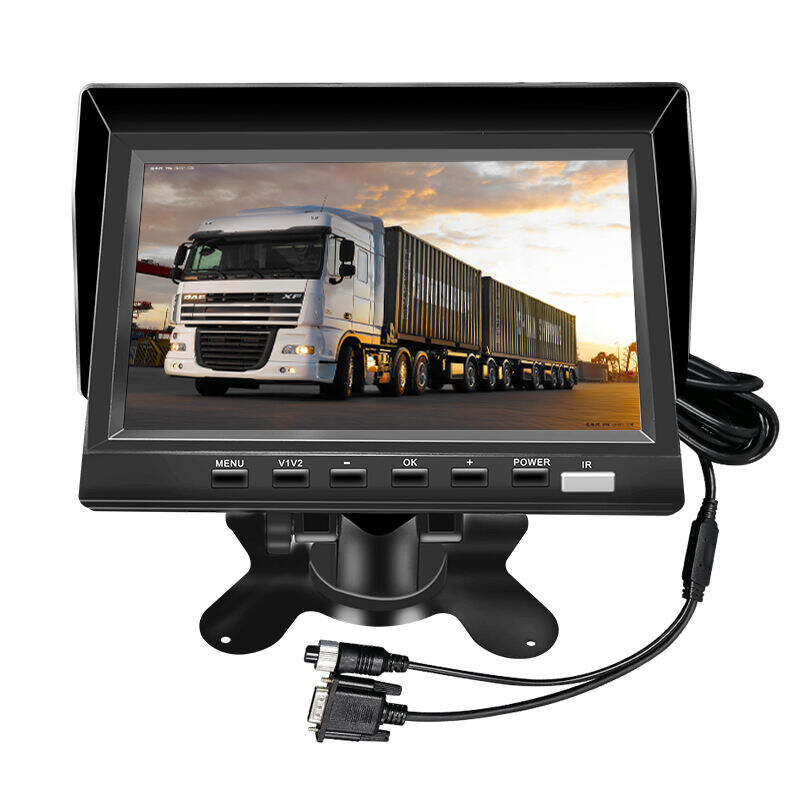thermal cameras
Thermal cameras are sophisticated devices designed to detect the thermal radiation emitted by objects, converting the data into visual images that represent the temperature variations. The main functions of thermal cameras include temperature measurement, heat detection, and thermal imaging. Technologically, these cameras are equipped with microbolometer sensors that measure the infrared radiation and translate it into electrical signals, which are then processed to create a thermal image. Advanced features like temperature measurement accuracy, resolution, and sensitivity make them invaluable tools across various industries. Applications of thermal cameras are widespread, ranging from predictive maintenance in manufacturing, electrical inspections, and building diagnostics to healthcare, surveillance, and search and rescue operations.


